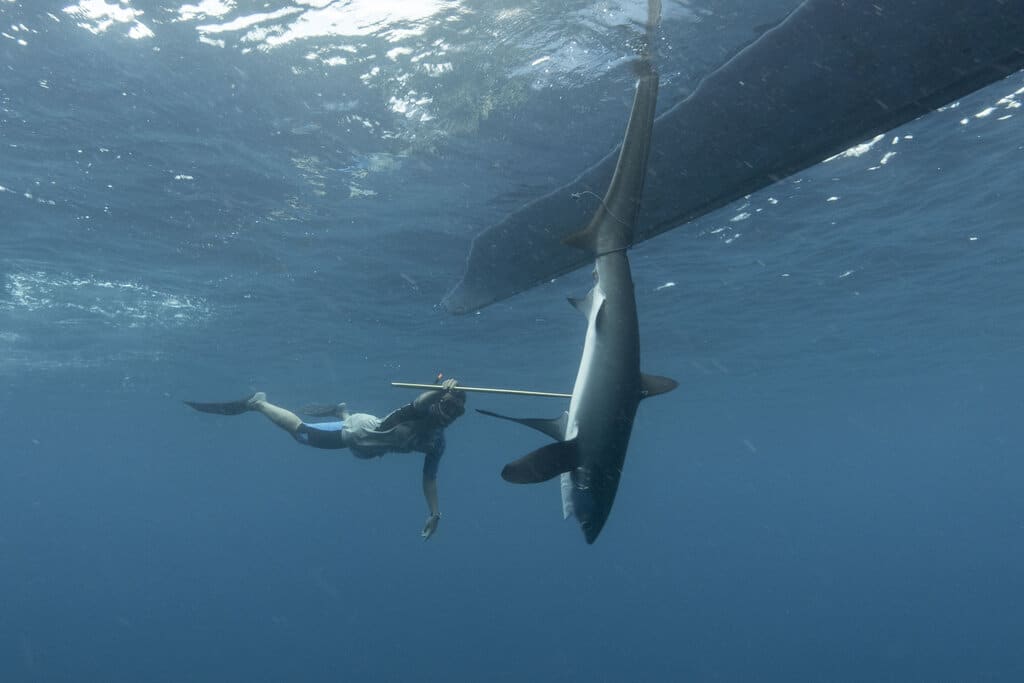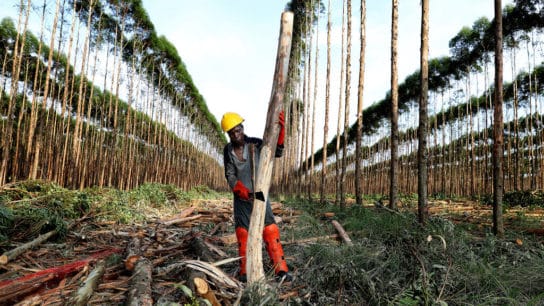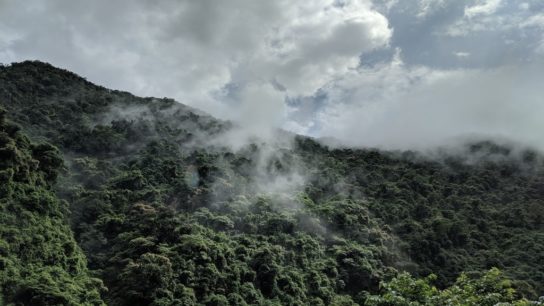Thresher sharks are among of the most targeted marine species in small coastal town of Alor in Indonesia. A local conservation group has been protecting the shark population by empowering local fishermen and offering sustainable alternative income opportunities.
—
Sharks are amongst the most threatened species on Earth. Their extinction vulnerability is a consequence of fisheries exploitation and slow life history characteristics. Bycatch, overfishing by commercial and artisanal fisheries, and the demand for shark fins are the main driving forces behind the continued exploitation of sharks worldwide.
Indonesia is the world’s top shark fishing nation where its shark fishing industry comprises not only of large commercial fisheries, but also an abundance of small-scale fisheries and subsistence fisheries for local communities. Sharks are fished for various reasons such as profit (shark fin trade), food, cultural reasons, and support local livelihoods. Shark fisheries, both target and bycatch, play an extremely important role in the socio-economic status of many vulnerable fishing communities within the country.
Thresher sharks are amongst the most regularly caught shark species in Indonesia based on the national statistics from Indonesian Ministry of Marine and Fisheries between 2002-2014. More specifically, the most commonly landed Thresher shark species in the country is the Pelagic thresher shark Alopias pelagicus. These sharks are slow to mature and have a low reproductive rate. They reach sexual maturity between eight to 14 years of age and typically have a small number of pups during each gestation period. These slow life history traits mean the species have a lower capacity to recover from overexploitation by fisheries. Currently, thresher sharks are listed as endangered by the IUCN Red List of Threatened Species.
You might also like: The Resilience of Sharks, And What their Decline Means

The small coastal town of Alor in remote eastern Indonesia is home to a targeted Thresher shark fishery. The coastal communities of Alor Island have depended on thresher sharks as a vital source of livelihood for decades. The marine species provides food for the villagers as well as a minor source of income. Villagers sell the shark meat for less than $1 per kg. This financial resource allows them to pay for their children’s education and put food on the table for their families. Around 300 thresher sharks are caught here in this small town every year, a majority of which are pregnant females.
However, conservation groups are making significant efforts to protect this important shark population in Eastern Indonesia. Thresher Shark Project Indonesia, a local NGO has been working alongside the shark fishing communities of Alor for several years, intending to increase the local protection of this incredible species, whilst providing the shark fishing communities with a more sustainable alternative income opportunity. With the support of the fishing community and regional government, the project is working on transitioning the shark fishermen away from shark fishing and into more sustainable fisheries, such as sustainable tuna fishing, as well as other small businesses such as kiosk and chicken farms. Currently, all shark fishers in the community are engaged in Thresher Shark Project Indonesia’s alternative livelihood program and have committed to stop fishing for thresher sharks completely.
For subsistence-based shark fishing communities like Alor, empowering locals and drawing a solution based on their internal drive are the key to developing alternative livelihood solutions that are long-term whilst minimising dependency on external interventions. In doing so, the future looks very bright for the Thresher sharks of Alor.


















